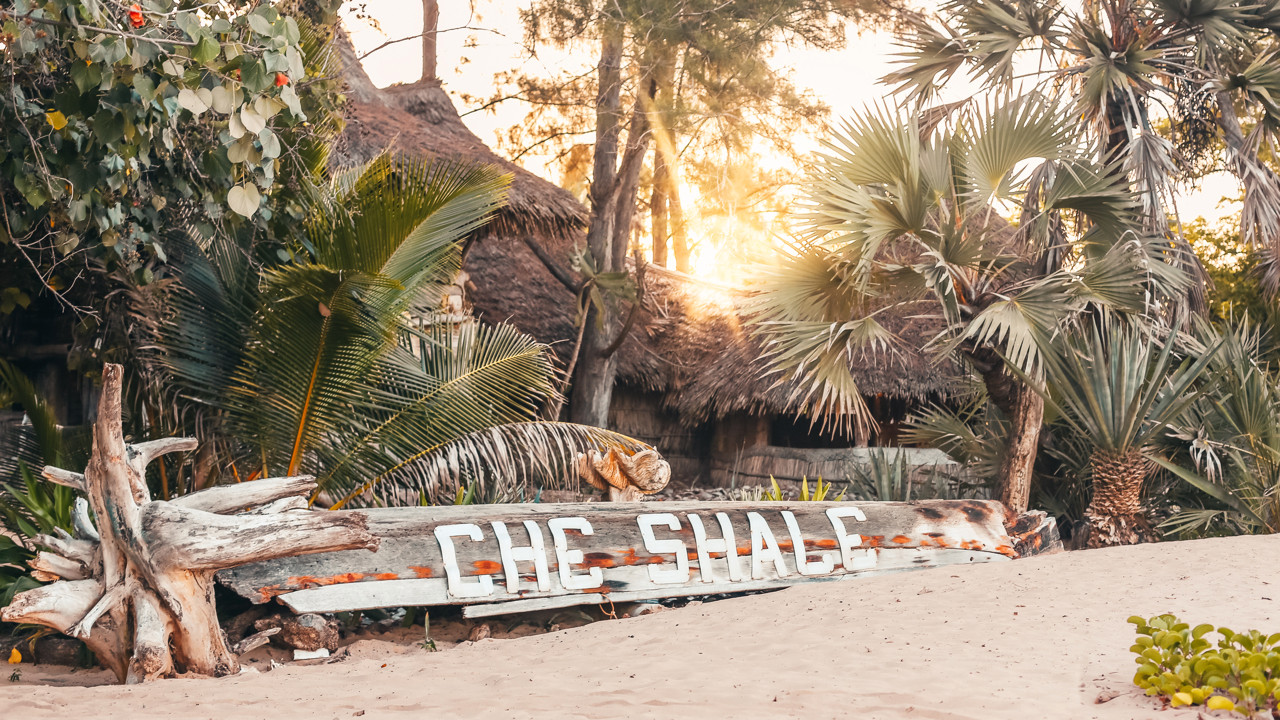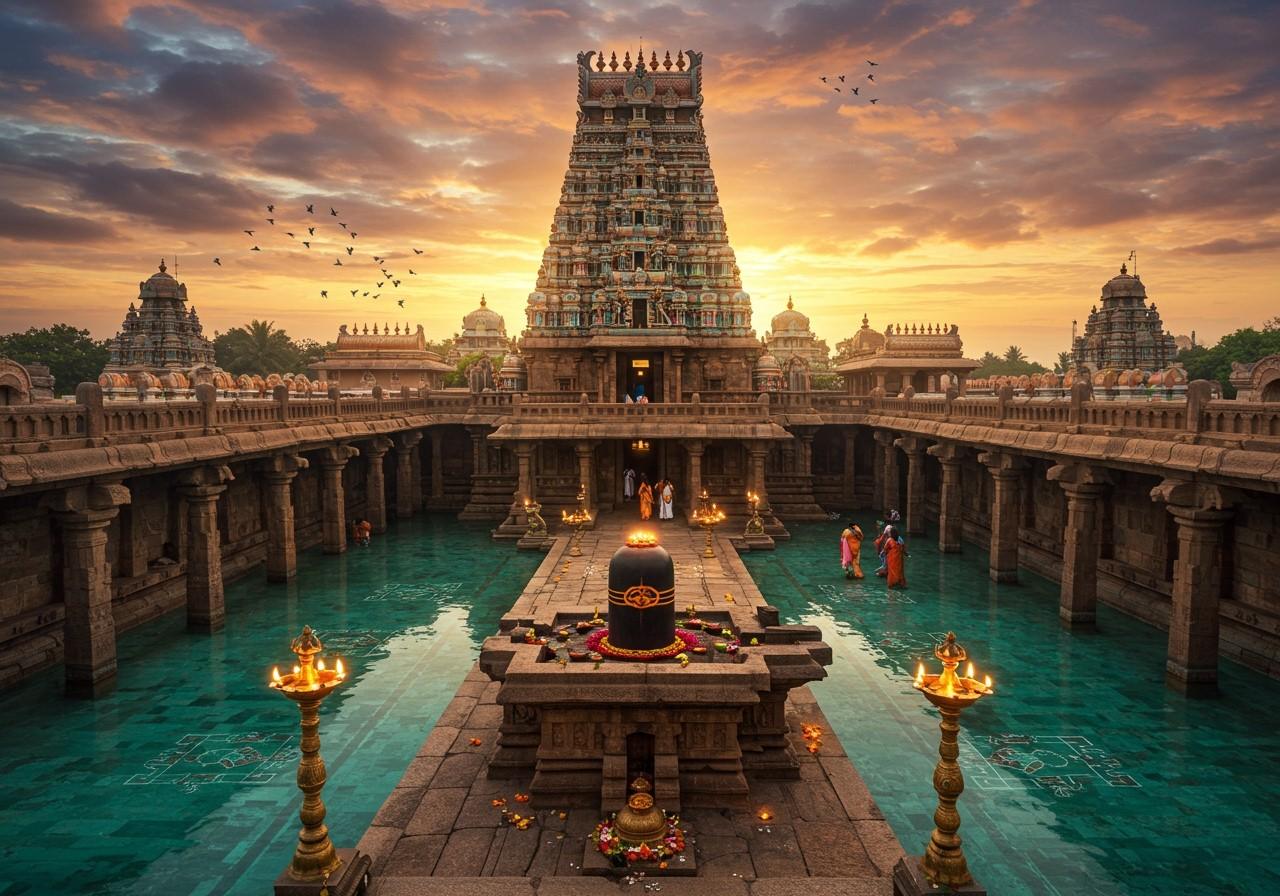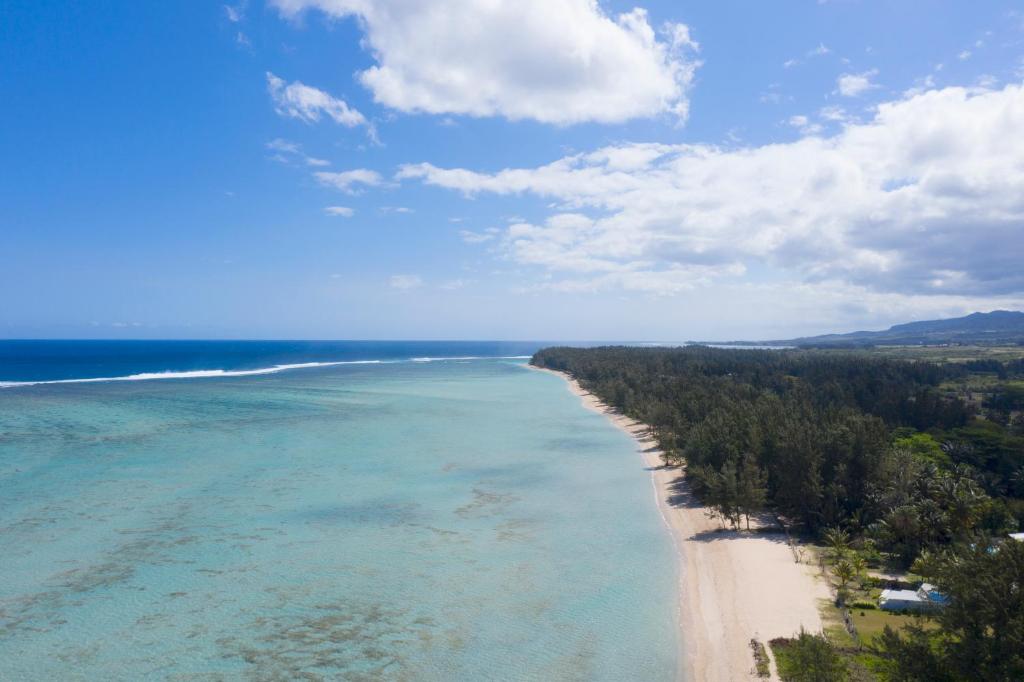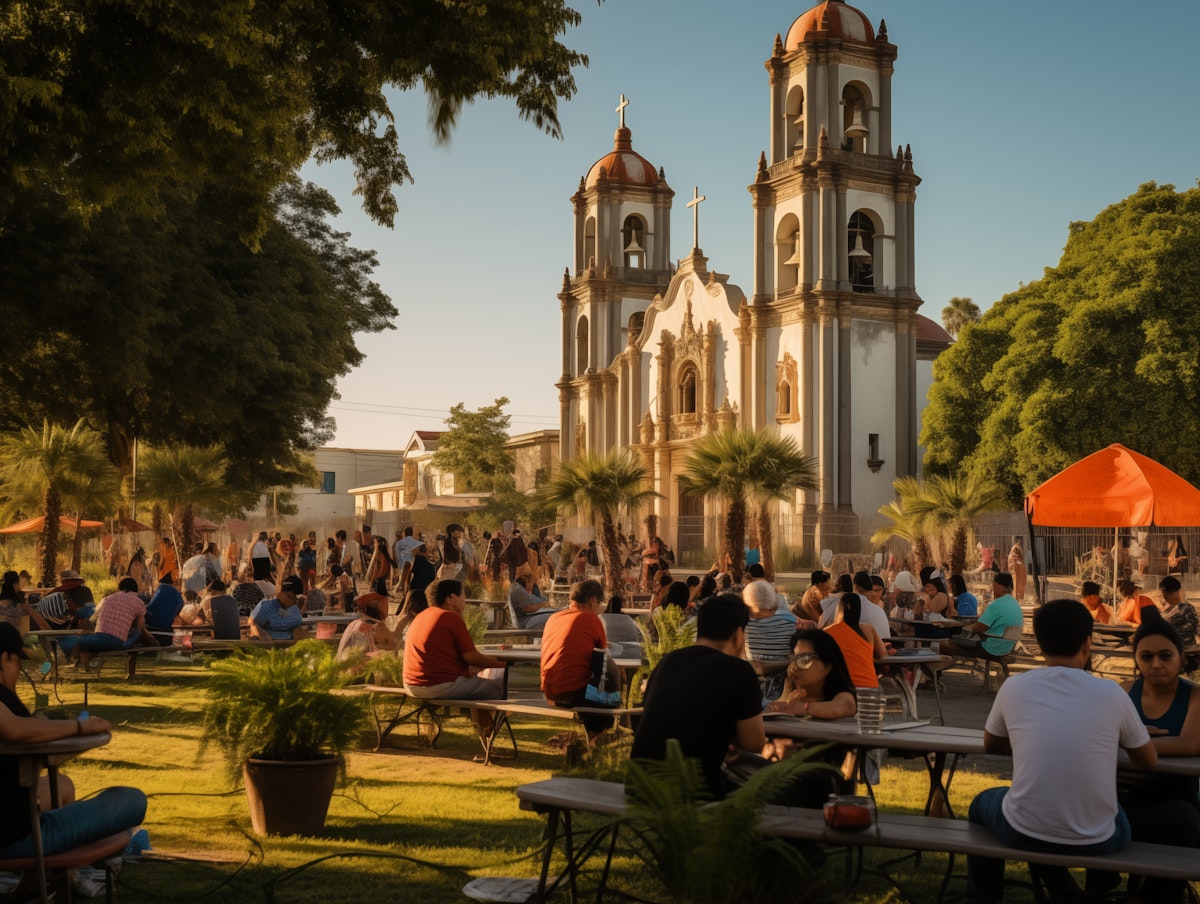Everyone knows safari Kenya – the Great Migration, Big Five, sundowners in the Mara. But after my fifth Kenyan safari, a local friend in Nairobi said something that changed everything: "You keep coming for our animals, but you've never seen our beaches."
Three months later, I understood. Kenya's coast from Diani to Watamu isn't just "nice beaches after safari." It's a completely different world where Arabic dhows sail past kite surfers, where beach boys speak five languages, where you can snorkel a marine park in the morning and dance to Afrobeat on sand floors at night.
This isn't the Maldives or Mauritius. It's better. It's real. It's complicated. And it's absolutely addictive.
Diani Beach: The Gateway Drug
Diani is where most people start and stop. 30 kilometers of white sand south of Mombasa, it's Kenya's most developed beach destination. But developed is relative – this isn't Cancun.
- **Galu Beach (far south):** Quieter, rocky in parts, great for long walks
- **Central Diani:** Hotels, restaurants, peak beach boy territory
- **Gongo Beach (north):** Where locals hang out, best beach bars
The Kite Surfing Scene: Between December and March, and again July to September, Diani becomes East Africa's kite surfing capital. The conditions are perfect – steady winds, warm water, miles of beach. I spent a week learning at Tribe Watersports. By day three, I was properly hooked.
- **Lessons:** $50-70/hour
- **Equipment rental:** $200/day once certified
- **Best spots:** In front of Forty Thieves beach bar
- **Backpacker:** Stilts Backpackers ($15/night, legendary party hostel)
- **Mid-range:** Diani Sea Resort ($80/night, great beach position)
- **Splurge:** The Sands at Nomad ($200/night, pure luxury)
The Beach Boys: A Diani Reality
Let's address the elephant on the beach. Diani's beach boys are famous/infamous depending on who you ask. These young men patrol the beaches offering everything from boat trips to "special" friendships.
- Most are harmless, some are genuinely helpful
- They know where to find dolphins, good snorkel spots, beach parties
- A firm but friendly "No thanks, I'm sorted" usually works
- The aggressive ones hang around hotel entrances
I ended up befriending Joseph, a beach boy who became my unofficial guide. He showed me hidden coral pools, introduced me to local restaurants, and taught me basic Swahili. Just be clear about boundaries and expectations.
Tiwi Beach: Diani's Quiet Neighbor
Just north of Diani, Tiwi Beach is what Diani was 20 years ago. Less developed, more authentic, with a slightly wild edge that I loved.
The beach here has more character – coral cliffs, tidal pools, and several river mouths creating interesting landscapes. It's not as swimming-friendly as Diani, but that keeps the crowds away.
Hidden Gem: The sacred Kongo Mosque ruins, accessible only at low tide. Ask locals for directions to "the mosque in the sea."
Mombasa: More Than a Transit Point
Most people rush through Mombasa to get to beaches. Mistake. Old Town Mombasa is a Swahili time capsule worth at least a full day.
Old Town Walking Route: Start at Fort Jesus (UNESCO site, worth the entry fee), then lose yourself in the narrow streets. The carved doors rival Zanzibar's, the coffee is Arabic-strong, and the samosas from the street vendors will ruin you for all other samosas.
- **Mandhry Mosque:** Beautiful at sunset
- **The old dhow harbor:** Still active
- **Jahazi Coffee House:** In an old Swahili mansion
The Road to Malindi: Beaches All the Way
The drive from Mombasa to Malindi is 120km of temptation. Every few kilometers, a sand track leads to another empty beach. I took two days to do this drive, stopping whenever something looked interesting.
- **Kikambala:** Great coral gardens for snorkeling
- **Kilifi Creek:** Stop at the bridge for spectacular views
- **Watamu:** The jewel of Kenya's coast (more on this later)
Watamu: Where Magic Happens
If Diani is Kenya's beach party, Watamu is its soul. This small village sits between Watamu Marine Park and Arabuko-Sokoke Forest, creating a unique ecosystem where ocean meets ancient forest.
The Marine Park: Watamu Marine Park is what coral reefs should look like. Because it's been protected since 1968, the coral here is pristine. The snorkeling is world-class, and you don't need to dive to see the good stuff.
- **Coral Gardens:** Shallow, perfect for beginners
- **Blue Lagoon:** Deeper, bigger fish, occasional dolphins
- **Mida Creek:** Mangroves and bird life
Glass-bottom boat trips cost $30 including park fees. But hiring a local boat ($20) and paying park fees separately ($15) saves money and supports locals directly.
- **Watamu Beach:** Main beach, good swimming, beach bars
- **Garoda Beach:** My favorite. Wild, empty, endless
- **Turtle Bay Beach:** Protected turtle nesting site
Local Ocean Conservation: Watamu has an incredible ocean conservation scene. Local Ocean Conservation runs turtle rehabilitation and does beach cleanups. Volunteering for a beach cleanup got me invited to a turtle release – watching rescued turtles return to the ocean at sunset was pure magic.
Gede Ruins: When Beach Fatigue Hits
Just inland from Watamu, the Gede Ruins offer a perfect beach break. This 13th-century Swahili town was mysteriously abandoned, leaving behind a forest-swallowed city.
Go early morning when the light filters through the trees and the place feels properly mystical. The guides here actually know their stuff – worth hiring one to explain the complex history.
Combo Tip: Gede + Kipepeo Butterfly Project makes a great half-day trip.
The Malindi Situation
Malindi is... complicated. Once a booming Italian resort town (seriously, there's better Italian food here than in most of Italy), it's now in transition. Some hotels are abandoned, others are being renovated. It feels like a town waiting to decide what it wants to be.
- **Vasco da Gama Pillar:** Historical significance, meh views
- **Malindi Marine Park:** Excellent snorkeling, fewer crowds than Watamu
- **Marafa Depression (Hell's Kitchen):** Weird geological formation, great at sunset
Where the Desert Meets the Sea
North of Malindi, the landscape changes dramatically. The lush coast gives way to semi-desert. It's here, where nobody goes, that I found my favorite beach in Kenya.
Che Shale Beach requires effort. It's 30km north of Malindi on a deteriorating road. But the reward? Miles of empty beach where desert dunes meet ocean waves. I camped here for three nights, saw nobody except fishermen, and had my own private paradise.
Water Sports Paradise
The entire coast offers world-class water sports:
- **Kite Surfing:** Diani (December-March, July-September)
- **Surfing:** Kilifi (small but consistent breaks)
- **Deep-Sea Fishing:** Watamu (Hemingway came here for a reason)
- **Kayaking:** Mida Creek (mangroves and bird life)
- **Stand-Up Paddleboarding:** Everywhere, best at high tide
The Food Scene
Kenyan coast cuisine deserves its own guide. It's a Swahili-Arab-Indian-British fusion that somehow works brilliantly.
- **Pweza wa nazi:** Octopus in coconut sauce
- **Samaki wa kupaka:** Grilled fish with tamarind
- **Bhajia:** Not Indian bhaji, but cassava fritters
- **Madafu:** Fresh coconut water (hangover cure)
- **Diani:** Ali Barbour's Cave Restaurant (touristy but incredible setting)
- **Watamu:** Pilipan Restaurant (local Swahili dishes)
- **Malindi:** Baby Marrow (Italian run by actual Italians)
- **Everywhere:** Beach grills at sunset
The Party Scene
Kenya's coast knows how to party, but it's not Southeast Asia. It's more reggae than rave, more local than backpacker.
- **Diani:** Forty Thieves Beach Bar (Thursday reggae nights are legendary)
- **Kilifi:** Distant Relatives Ecolodge (full moon parties)
- **Watamu:** Come Back Club (local Afrobeat spot)
Accommodation Hacks
- **Beach Bandas:** Basic beach huts, usually $20-30/night
- **Airbnb:** Excellent value, especially for longer stays
- **Camping:** Many beaches allow camping, around $5-10/night
- **House Sitting:** Lots of expats need house sitters in low season
When to Go
- **December to March:** Dry, hot, perfect beach weather, peak prices
- **April to June:** Long rains, many places close, but epic storms
- **July to October:** Cooler, windier, great for water sports
- **November:** Short rains, my favorite time (fewer tourists, everything green)
The Real Talk Section
Security: The coast has its issues. Don't walk beaches alone at night. Use reputable operators for trips. That said, I never felt unsafe during daylight.
Malaria: The coast is a malaria zone. Take precautions.
Beach Harassment: Single women will get more attention. Travel in groups when possible, stay at reputable places.
Environmental Issues: Plastic pollution is real. Bring a reusable water bottle, join beach cleanups, support eco-conscious businesses.
The Two-Week Coastal Itinerary
- **Days 1-4:** Diani (recover from flight, learn to kite surf)
- **Days 5-6:** Tiwi Beach (chill, explore tidal pools)
- **Day 7:** Mombasa (Old Town, Fort Jesus)
- **Days 8-11:** Watamu (snorkeling, Gede ruins, turtle watching)
- **Days 12-13:** Malindi/Che Shale (Hell's Kitchen, desert beaches)
- **Day 14:** Back to Diani or Mombasa for departure
Why Kenya's Coast Matters
In a world of overdeveloped beach destinations, Kenya's coast is refreshingly real. It's not sanitized for tourists. It's not all-inclusive perfection. It's a living, working coastline where tourism is just one part of the story.
You'll share beaches with fishermen pulling in nets. You'll buy fruit from ladies balancing impossible loads on their heads. You'll dance to music you don't understand in clubs with sand floors. You'll negotiate with beach boys, eat fish you can't pronounce, and watch dhows sail past like they have for centuries.
The coast challenged my preconceptions about Kenya. It's not just a safari destination with beaches attached. It's a complex, beautiful, sometimes frustrating place where Africa meets the Indian Ocean in the best possible way.
I came for a beach break after safari. I stayed for three months. I'm already planning my return. Because once you've watched sunset from a dhow off Watamu, or caught your first wave at Diani, or found your own private beach north of Malindi, you're hooked.
The animals will always be there in the parks. But the coast? It's changing. Go now, while beach boys still outnumber resort security, while you can camp on empty beaches, while the coral is still alive and the culture still authentic.
Just don't blame me when you extend your ticket. The coast has a way of making you forget why you'd want to leave.



